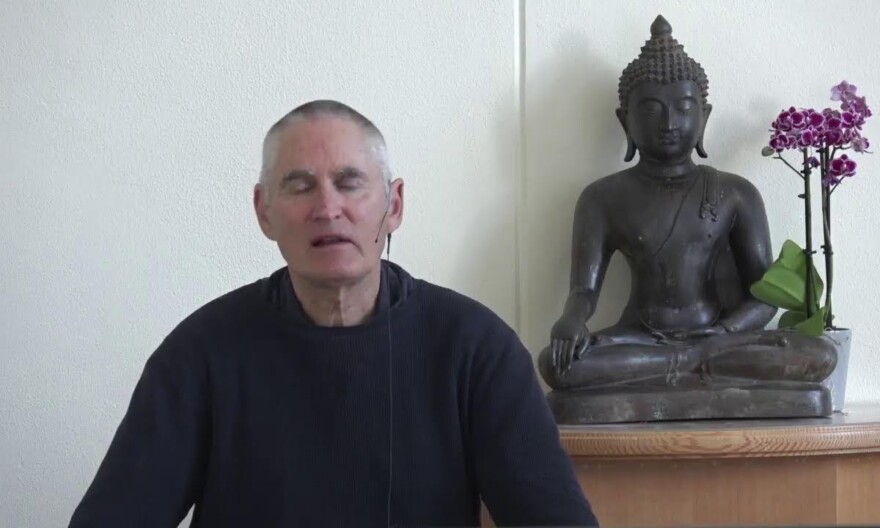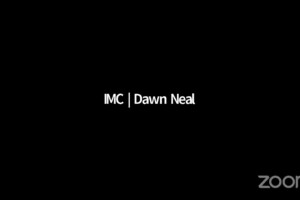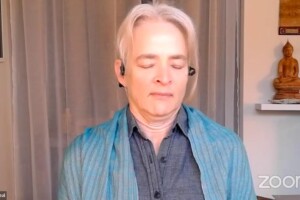
Welcome to our blog post series on Guided Meditation! In this installment, we delve into the Simplicity of Now and introduce you to the concept of Mindfulness. Let’s explore the difference between being Active and Receptive in your meditation practice.
Introduction
Hey there! Welcome to our article on guided meditation, where we delve into the simplicity of the present moment, offering you an introduction to mindfulness. We’re excited to share insights and tips on active versus receptive meditation styles. Let’s embark on this journey together and explore the transformative power of being present.
Understanding Guided Meditation
When diving into the realm of guided meditation, we’re stepping into a space where mindfulness takes center stage. Guided meditation involves an external guide – it could be a person’s voice, music, or sounds – to lead us through the meditation process. This practice helps us focus our thoughts and cultivate awareness of the present moment.
- Guided meditation: An introduction
- Benefits of guided meditation
- The role of mindfulness in meditation
Active Meditation: Energize Your Mind
Active meditation revolves around engaging the mind in a focused activity, such as chanting, movement, or breathing exercises. This style encourages participants to actively participate and direct their energy towards a specific task, promoting mental clarity and physical well-being.
- Unleashing the power of active meditation
- Incorporating movement in your practice
- Benefits of active meditation for mental focus
Receptive Meditation: Embracing Stillness
On the flip side, receptive meditation involves letting go of control and surrendering to the present moment. This style encourages practitioners to observe their thoughts without judgment, allowing emotions to surface and pass. By embracing stillness, one can deepen their understanding of themselves and the world around them.
- The art of receptive meditation
- Cultivating inner peace through stillness
- Connecting with the essence of mindfulness
Conclusion
As we wrap up our exploration of guided meditation and the distinction between active and receptive styles, we invite you to embrace the simplicity of now. Engaging with mindfulness practices can lead to profound insights, inner peace, and a greater sense of connection to the world. Remember, each moment offers an opportunity to pause, breathe, and be fully present.
FAQs:
- How can I donate to support your center’s initiatives in Pacific Standard Time?
- Where can I access the numerous audio talks offered by your center?
- What makes the donation process simple and convenient for contributors?
- How do donations contribute to the growth and sustainability of your center?
- In what ways does engaging with your center’s resources impact knowledge dissemination and audience outreach?





